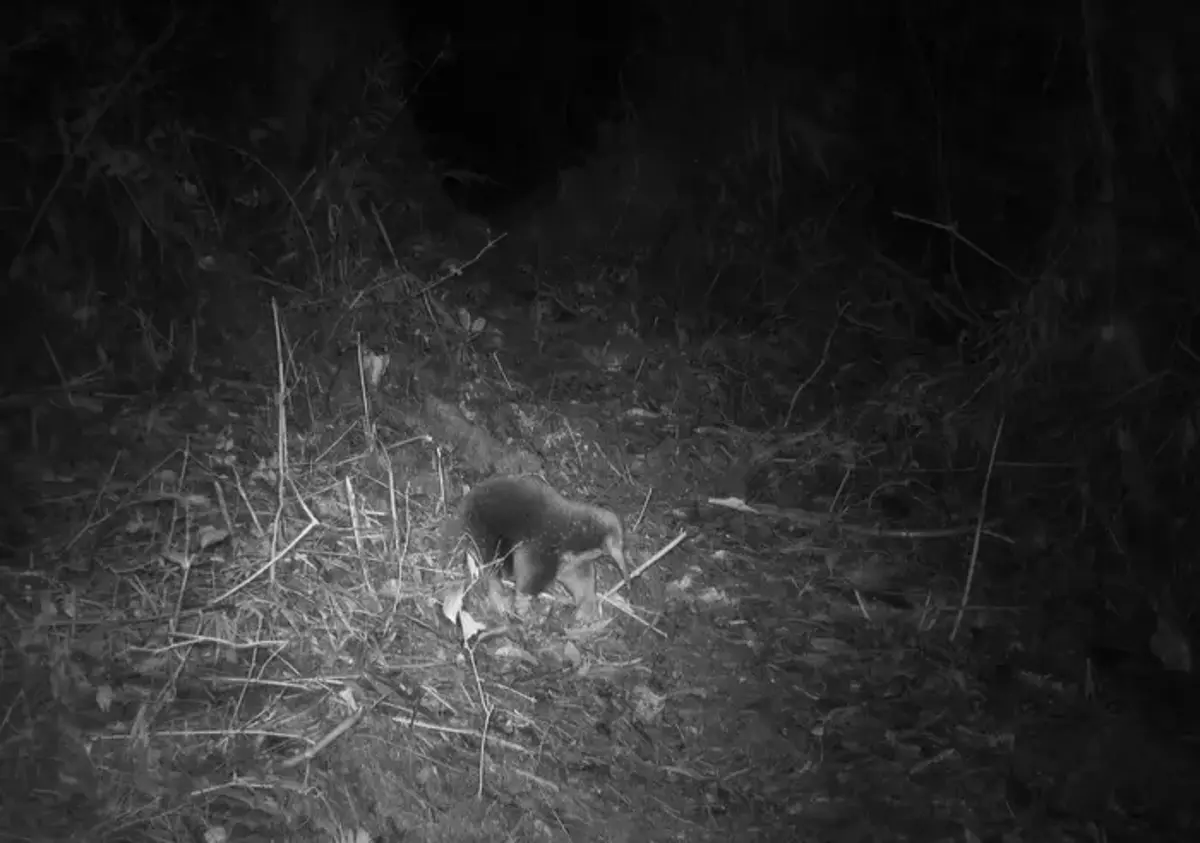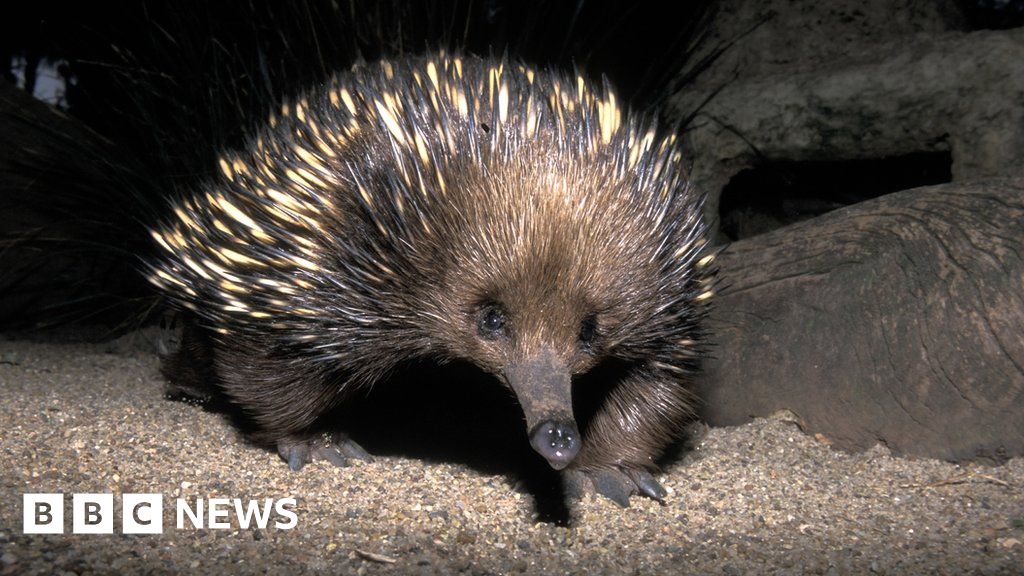A team of researchers from Oxford University has successfully captured footage of the elusive Attenborough’s long-beaked echidna in the Cyclops Mountains of Papua, Indonesia. Feared to be extinct, this egg-laying mammal, named after the naturalist Sir David Attenborough, has been rediscovered, a moment in conservation efforts and biodiversity exploration.

Also Read: 80 Bird Species will be Renamed Says US Ornithological Society
The expedition led by Dr. James Kempton, a biologist from Oxford University, ventured into the Cyclops Mountains, a rainforest habitat situated 2,000 meters above sea level.
The team faced numerous challenges, including near-vertical jungle terrain, leeches, malaria, and even a broken arm.
The Attenborough’s long-beaked echidna, characterized by its spiky and furry exterior and distinctive beak, belongs to the monotreme group, which lays eggs, a characteristic it shares with the duck-billed platypus.
Echidnas are often referred to as “living fossils,” believed to have emerged approximately 200 million years ago, during the era of dinosaurs.
This rediscovery extends beyond the echidna itself, as the expedition unveiled a plethora of new species, including insects, frogs, and even a tree dwelling shrimp previously unknown to science.
The researchers observed healthy populations of tree kangaroos and birds of paradise, addressing the importance of preserving the ecosystems within the Cyclops Mountains.
Dr. Kempton expressed his euphoria upon spotting the Attenborough echidna in the camera trap footage, addressing that the discovery occurred on the very last day of the expedition.
Also Read: The Last 12 Month were the Hottest in 125,000 Years
The team’s efforts, including the examination of the last SD card collected, highlight the nature of biodiversity exploration. The rediscovery of Attenborough’s long-beaked echidna holds significance due to its endangered status.
Until this expedition, the only evidence of its existence was a decades-old museum specimen kept under high security in the Treasure Room of Naturalis, the natural history museum of the Netherlands.
The echidna was collected in 1961 by Dutch botanist Pieter van Royen and was later named after Sir David Attenborough in 1998.
Pepijn Kamminga, the collection manager at Naturalis, described the museum specimen as flat and not dissimilar to a squashed hedgehog.
The rediscovery of the living echidna provides an opportunity for further scientific study, offering insights into its behavior, habitat, and population size, crucial for its conservation.
The expedition faced challenges in reaching the echidnas’ habitat, as the Cyclops Mountains are considered sacred by local Papuans.
Previous expeditions had difficulties due to the locals’ beliefs, requiring the current team to work closely with the communities. This collaboration involved respecting sacred areas and navigating through regions deemed off-limits.
Also Read: Somalia Floods: Thousands Trapped in their Homes
According to local tradition, disputes between community members could be resolved by sending one party into the forest to find an echidna and the other to find a marlin, a fish.
This practice, which could take decades, symbolized the closure of conflicts and the restoration of peace within the community.
The scientific team’s expedition was not solely focused on the echidna; it uncovered several dozen new insect species, an entirely new type of tree dwelling shrimp, and a previously unknown cave system.
Dr. Leonidas-Romanos Davranoglou, a Greek insect specialist on the team, expressed excitement at the monumental discoveries and addressed the need for conservation in the Cyclops Mountains.
The researchers believe that the rediscovery of the Attenborough echidna and the identification of new species will strengthen the case for conservation efforts in the Cyclops Mountains.
Currently, Attenborough’s long-beaked echidna is not a protected species in Indonesia, and the population size and sustainability remain unknown.
The expedition team’s experiences, from navigating hazardous terrain to uncovering hidden biodiversity treasures, underscore the importance of biodiversity exploration in remote and challenging environments.
Also Read: Another Earthquake Hits Nepal Days After 157 Killed





















